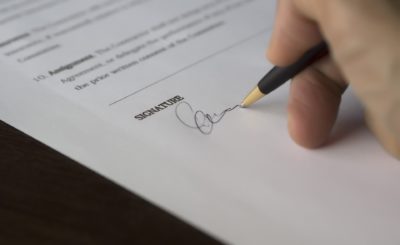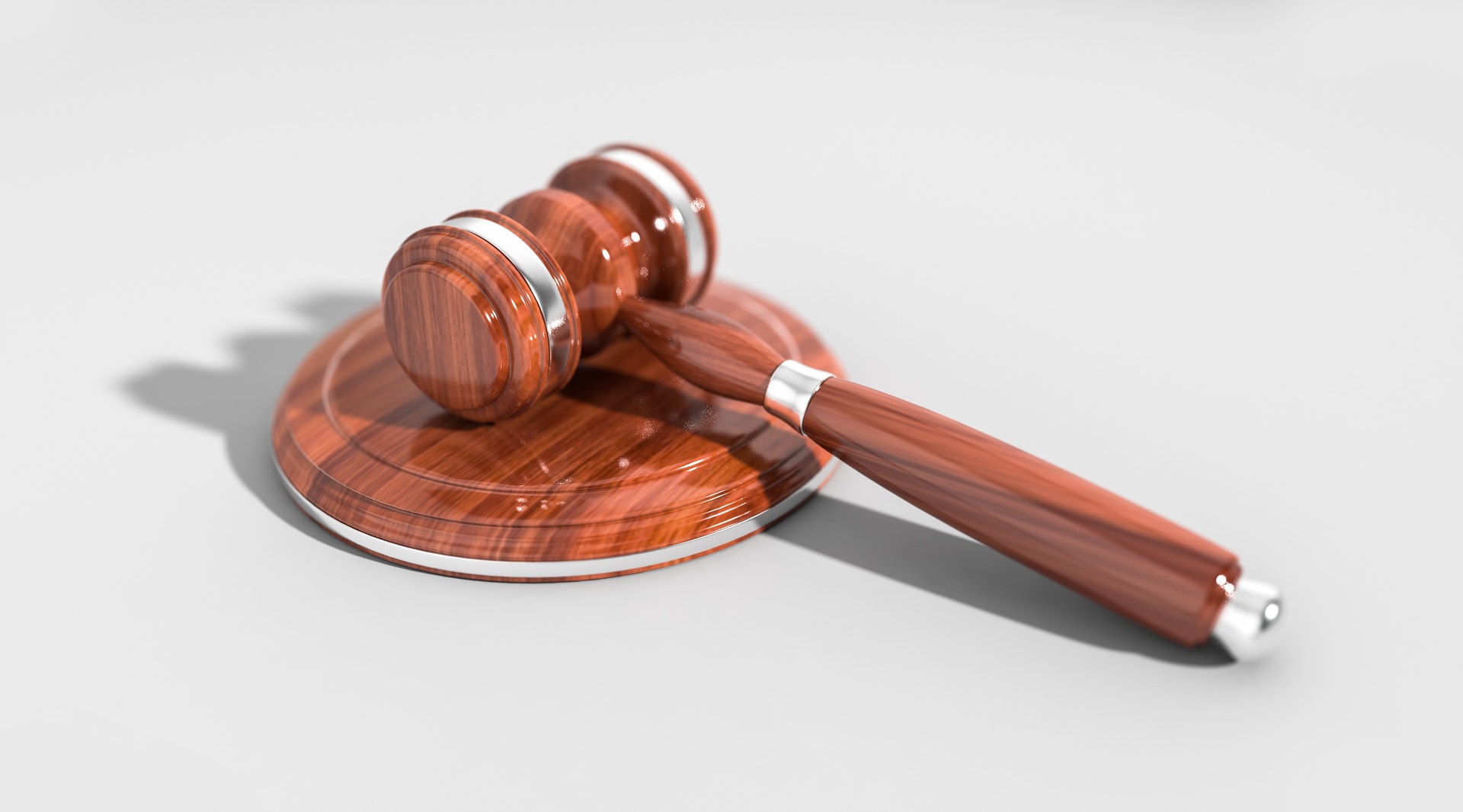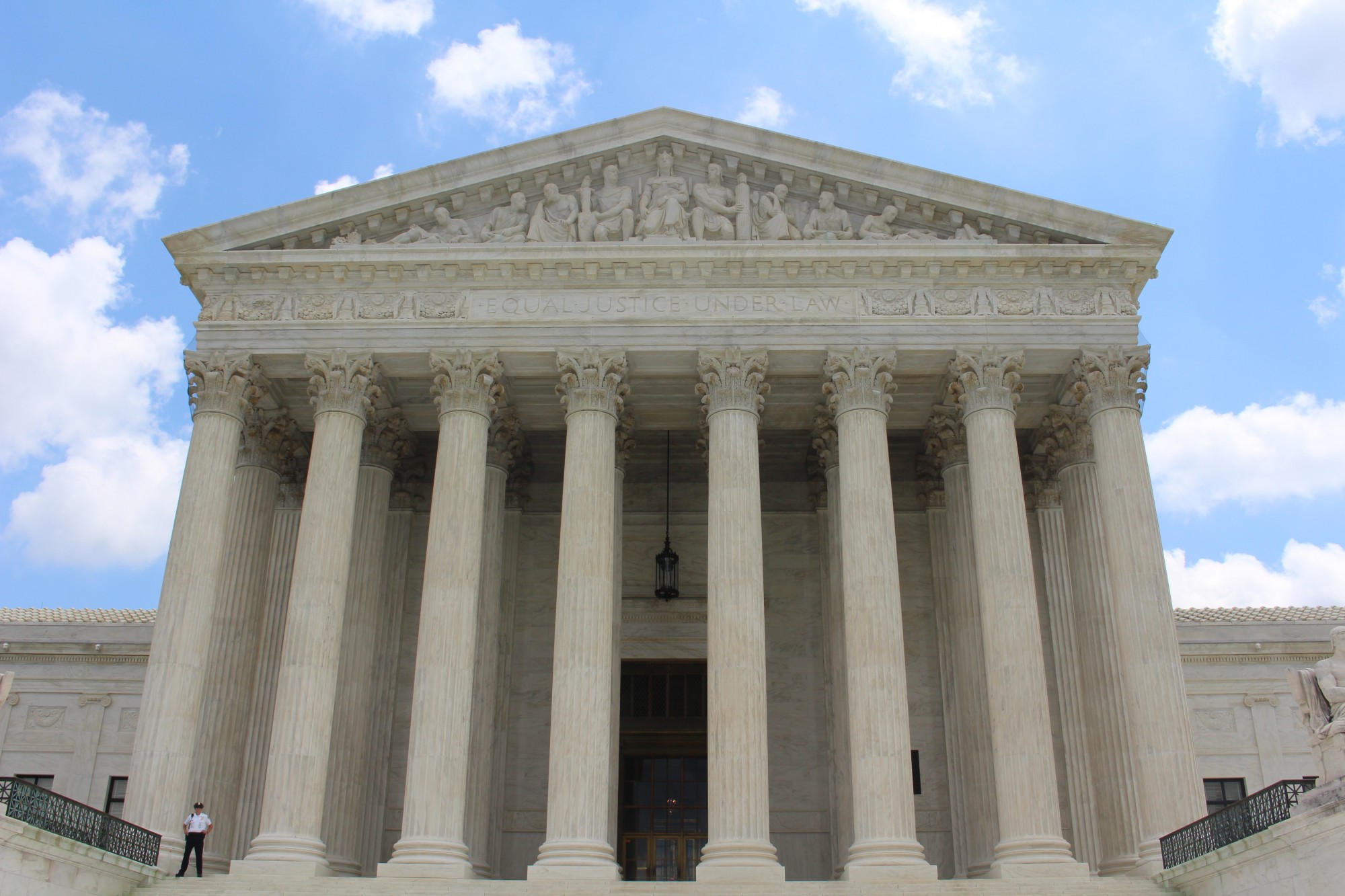Objection Relevance!: Evidence In Court
If you have ever watched any legal show such as Law & Order, Bull, or Boston Legal, Suits you have likely seen an attorney in court say the following phrase “Objection Relevance”! But, what does that mean? What exactly determines what is relevant and what is not?
When attorneys object in court it relates to whether a certain piece of evidence should be allowed to be in court at all. “Evidence tends to be considered relevant if it tends to make the existence of any material fact to the outcome of a case more or less probable than without such evidence“. Evidence is permissible in court if it does not violate any exclusionary rule such as hearsay. Generally the evidence must relate to the time, event in question, or persons involved in the litigation at hand. There of course, exists, different types of evidence in court (However there are exceptions as detailed below).
Direct & Circumstantial Evidence
Direct evidence in court involves no inferences; it is testimony or real evidence that speaks directly to the material issue in the case. Circumstantial evidence is indirect evidence and relies on inference. With other facts or evidence, an important issue in the case can be surmised.
Evidence with Limited Admissibility
Evidence in court may be admissible for one purpose but not another, or admissible against one party but not another. If this occurs the judge, when appropriately requested by a party, limit the use of the evidence and inform the jury as necessary. A judge also has the ability to toss out all the evidence if its “probative value would substantially be outweighed by unjust prejudice“.
Exceptions to Relevance
EVIDENCE IS ALWAYS IN PLAY IF IT IS USED TO SHOW:
- Previous Claims That Were False or Previous Claims of The Same Injury
- Evidence a person filed similar claims is usually inadmissible. But can be used to show the party has made similar claims in the past and that the present claim is likely to be false and the plaintiff’s condition is in whole or part of a previous injury as long as it’s not considered character evidence in a civil trial
- Similar Accidents or Injuries Caused by Same Event or Condition
- Evidence in court of prior accidents or injuries caused by the same event or condition is admissible to prove: (i) the existence of a dangerous condition (ii) the D had knowledge of the dangerous condition (iii) the dangerous condition was the cause of the present injury.
- IF the injury occurred under substantially similar circumstances and the opposing party had knowledge that
- 1) There is a dangerous condition (actual)
- 2) The dangerous condition caused (causation) the injury
- 3) There was (knowledge) or notice of the condition to opposing party.
- Evidence in court of prior accidents or injuries caused by the same event or condition is admissible to prove: (i) the existence of a dangerous condition (ii) the D had knowledge of the dangerous condition (iii) the dangerous condition was the cause of the present injury.
- Previous Similar Acts Are Admissible to Prove Intent or Present Motive
-
- IF prior similar conduct of a party raised an inference of the person’s intent on a later occasion:
- 1) Prior conduct shows intent.
-
- Rebutting Claim of Impossibility
-
- Can be used to rebut a claim that D has said but the facts prove otherwise (D says car can’t go 50 mph, opposing counsel can admit evidence showing other times car did go 50mph)
-
- Sales of Similar Property
- Only unaccepted offers by a party to the action to buy or sell the property can be used.
- Habit:
- A person’s regular response to a specific set of circumstances.
- OTHER WORDS USED
- Always, never, invariably, automatically, instinctively
- This is often included in criminal cases involving repeat offenders and DUI’s.
- A person’s regular response to a specific set of circumstances.
- Industrial Custom as Standard of Care
Evidence as to how others in the same industry have acted in the recent past.






